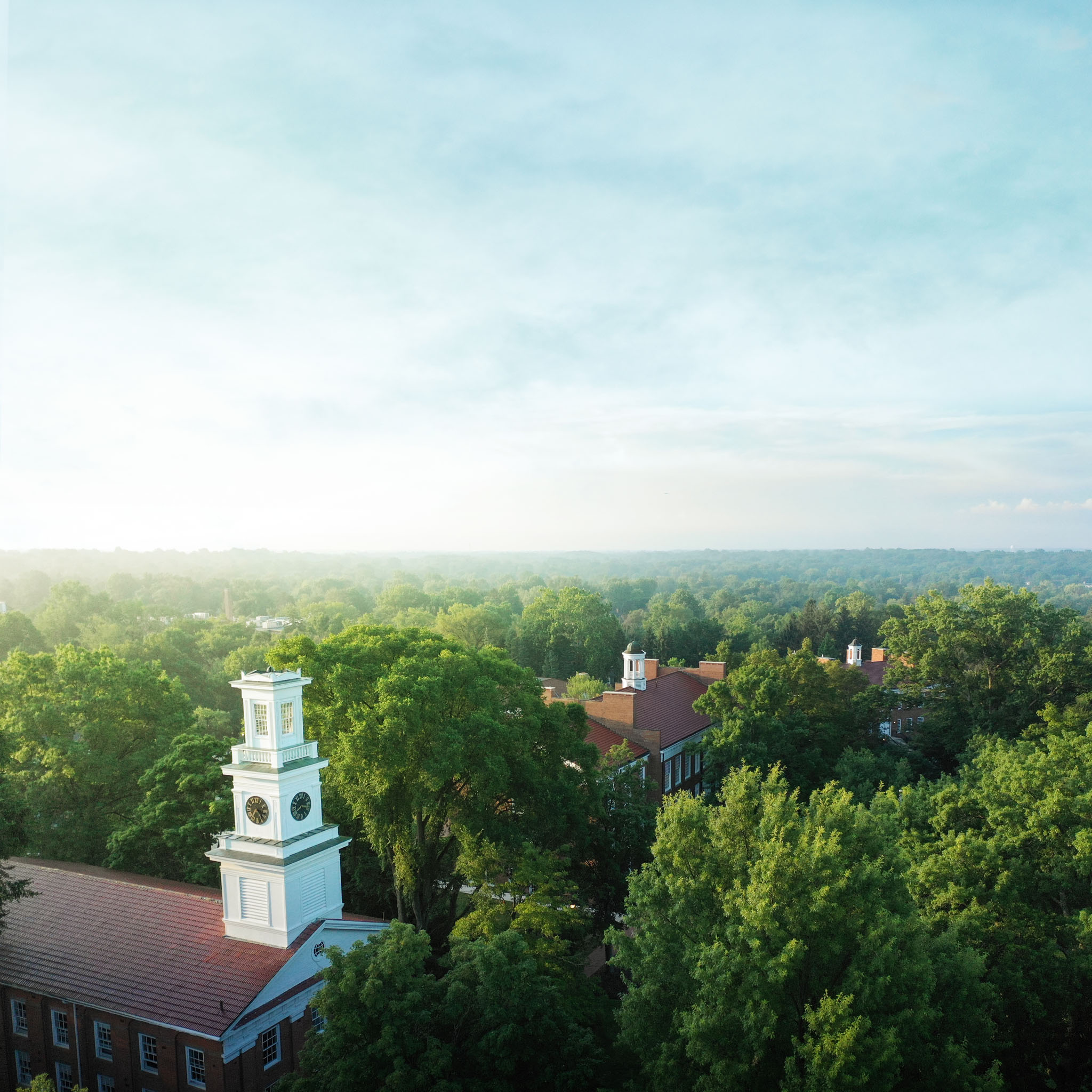
The Moos Gallery is a campus treasure. For decades artists from in and outside the school have shared their works in this unassuming space that pulls more than its weight when it comes to introspection and inspiration. The newest show to grace the space exhibits works from three Fine & Performing Arts faculty who spent their summers immersing, collaborating, conserving and creating.
Faculty members Martha Bayliss, Johnny Buck and Department Chair Carol Parker Mittal have the Moos covered in works that span mediums and experiences, while working swimmingly alongside each other. Mittal noted that all three faculty pushed beyond comfort zones, improved technically and expressively, and managed not only to enjoy summer, but to harness it.
Parker Mittal, who is teaching photography this year in addition to her other courses, has what one gallery visitor called, a “one eye here, one eye there” aesthetic in one of two series of photographs she exhibits. The first series shows various befores and afters, scenes in the same place but with different elements, like a boy backflipping into Lake Michigan in the first frame and the quiet waters of the same setting in the next. Parker Mittal took the photos in her hometown of Grand Haven, MI.
In the second series, Parker Mittal layered photographs on top of each other, dressing food-focused images – everything from bananas to placemats to onions – in blue.
“The blue is a reference to an older photographic process called cyanotype, which I've emulated in these digital works,” Parker Mittal said. “I chose to use this look to give the work a more unified feel, and to take food into a context away from the colors it normally appears.” Art provides new lenses on everyday items, and Parker Mittal admitted the appeal of exploring an “uncomfortable” color for viewers to associate with food. The boundary pushing is delicious.
Bayliss honed her artistry with ceramics during a two-week summer program, Blossom Intensives, at Kent State University. She immersed in the 10-hour a day intensive immediately after the school year ended at WRA, not taking much of a breather save for the therapy that comes with diving into your art.
Bayliss molded and fired her clay into shapes that drape, bend, link to each other piece by piece, and sprung forth from her contemplation about protection versus being caged, noted in the names she gives her works. This exploration produced dozens of pieces, which one can’t help but imagine in a couture application (a dress linked piece by piece?), a connector perhaps to her roots in fashion, and an underpinning to her questioning of the tension between safety and oppression.
Bayliss described Buck’s work as “an invitation into the duality of Johnny’s brain,” noting the distinct styles and feelings elicited by one wall-sized installation and another series of watercolors. For Buck, the inspiration for both came from the same place, the family’s home in Maine.
Buck shared, “Being at the beach fills my buckets, both figuratively and literally. I relish my time on the sand and in the waves and seek to be a good steward of the natural environment.”
In “Lost and Found,” Buck’s wall-sized mixed media work, he composed an installation of items found at the beach this summer and arranged them in color blocks. “The piece celebrates happiness, smiles, sun and, in a playful way, speaks to that which was forgotten, misplaced, discarded and abandoned. It also illustrates the human impact on nature, whether conscious or not.”
Buck’s watercolors are aptly water colored – shades of blue and green gently washed over pretty parchment almost like it’s sand.
For all three artists, deep connections to the environments in which they created their works this summer were central to their creative output. Picasso said, “art washes away from the soul the dust of everyday life.” In this show, it’s marvelous to see the dust-free shimmer of summer and how it manifests itself in what springs forth from artists in June and July.








